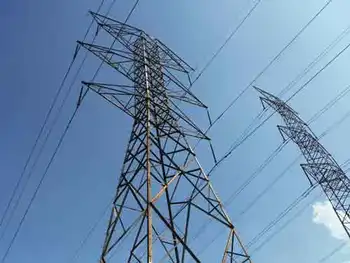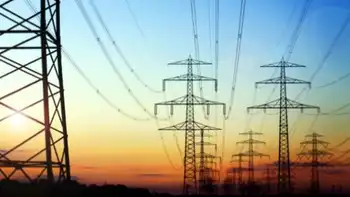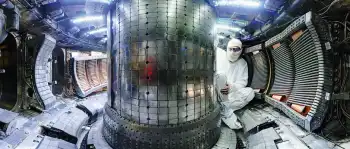With coal production, cleaner skies could mean more landfills
By Charleston Daily Mail
Substation Relay Protection Training
Our customized live online or in‑person group training can be delivered to your staff at your location.

- Live Online
- 12 hours Instructor-led
- Group Training Available
More than one-third of the ash generated at the country's hundreds of coal-fired plants is now recycled - mixed with cement to build highways or used to stabilize embankments, among other things.
But in a process being used increasingly across the nation, chemicals are injected into plants' emissions to capture airborne pollutants.
That, in turn, changes the composition of the ash and cuts its usefulness. It can't be used in cement, for example, because the interaction of the chemicals may keep the concrete from hardening.
That ash has to go somewhere - so it usually ends up in landfills, along with the rest of the unusable waste.
"You're replacing an air problem with a land problem - a disposal problem,'' said Bruce Dockter, a research engineer with the Energy and Environmental Research Center at the University of North Dakota.
Coal ash naturally contains arsenic and mercury, and if the elements leach into groundwater they can contaminate drinking supplies. The EPA says ash disposed of in landfills could pose significant risks when mismanaged, and there are gaps in state regulation.
And the chemicals added to clean up emissions - such as ammonia, lime and calcium hydroxide - make the ash worse, environmental groups say, because they take toxins such as mercury out of the air but leave higher levels of it in the ash.
The U.S. Environmental Protection Agency doesn't classify coal ash - with or without the added chemicals - as a hazardous waste, although many environmental groups say it should.
"As a general rule, anything you do to make the air emissions cleaner makes the ash more toxic,'' said Lisa Evans, an attorney with Earthjustice, a nonprofit environmental law firm.
More than 120 million tons of ash and other leftovers come from coal combustion each year in the United States, and more than 46 million tons are reused, according to the American Coal Ash Association.
Environmental groups encourage reuse of the ash because it keeps most of the waste out of landfills. And substituting ash for cement means less mining for the materials typically used to make cement - consequently causing a drop in the amount of carbon dioxide that would be emitted by mining machinery.
But the EPA is pushing power companies to cut emissions of the sulfur dioxide and nitrogen oxides, which add to smog and acid rain and contribute to thousands of premature deaths, asthma and other respiratory ailments. A large portion of those emissions come from coal plants, the EPA says.
"If you live near a power plant, you want the cleanest air possible,'' said Dave Goss, executive director of the American Coal Ash Association. "If in exchange for clean air they have to dispose of material - that's the challenge. The only option may be putting it in a landfill.''
It's not clear how many plants already using or will use the new technology or how much ash may be affected, but the technique is becoming widespread as companies work to comply with federal guidelines, Goss said.
The issue was raised as the EPA developed air emissions rules, but the power sector has found ways to minimize the impact, said EPA spokesman John Millett, who said the agency doesn't believe the increased injection of the chemicals into ash will cause a significant drop-off in ash recycling.
But the effects are evident in Nebraska, for example, where the Omaha Public Power District sells about 135,000 tons of ash from its current plant near Nebraska City every year. Ash from a new plant being built nearby will be injected with chemicals to clean emissions, and it will be dumped in a 16-acre landfill to be built onsite at a cost of $2.7 million, said Mike Jones, a spokesman for the utility.
"You've got to do something with it,'' Jones said. "This was the best option.''
The landfill will fill up in about five years and likely have to be expanded.
Xcel Energy Inc. will use the injection equipment on a new plant near Pueblo, Colo., and also will install the equipment on two existing units there. The ash will be dumped in a 250-acre onsite landfill.
But even if there is a drop in recycling, the trade-off might be worth it.
"The benefits of the additional (emission) reductions from these controls is immense,'' Millett said.
In Nebraska, the dump sites are closely regulated, said Bill Gidley, a section supervisor with the state's Department of Environmental Quality. Landfills must have liners to collect seepage, and they are inspected every year.
This month, the Maryland Department of the Environment ordered the operator of an 80-acre Anne Arundel County coal ash dump to clean contaminated water detected near the site. Cancer-causing metals were discovered last fall in almost two dozen wells in the area. BBSS Inc. also was fined an undisclosed amount.











